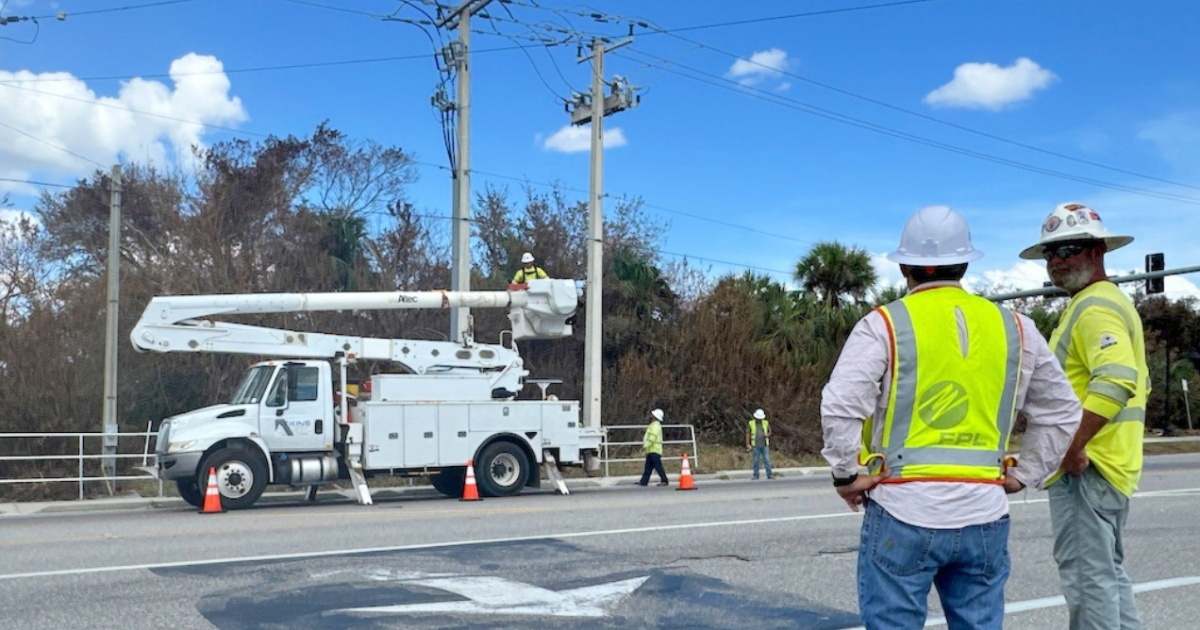Florida Power & Light (FPL), the largest utility company in the state, has submitted a proposal to state regulators seeking a gradual increase in electricity rates over the next four years. This adjustment aims to generate up to $9 billion, significantly impacting both residential and commercial consumers across Florida.
According to FPL's proposal, the rate hikes will be phased in as follows:
- A residential customer using 1,000 kilowatt-hours per month, who currently pays about $134.14, would see their bill rise to $142.37 by 2026.
- By 2027, the monthly bill could increase by an additional $19, creating a substantial financial burden for consumers.
Specific figures for 2028 and 2029 have not been detailed, but increases are expected to follow the projected trend. These hikes do not account for additional costs, such as the approximately $12 monthly surcharge FPL customers are paying this year due to expenses from the 2024 hurricanes.
Reasons Behind the Rate Increase
FPL's President and CEO, Armando Pimentel, defended the proposal, stating that the rate adjustment would allow the company "to continue making smart investments in the grid and new generation resources to benefit our customers and support the state's rapid growth." Key factors driving the tariff hike include:
Population Growth: Florida has experienced significant demographic growth, necessitating increased energy capacity.
Infrastructure Expansion: The company plans to construct new facilities to enhance service reliability and prevent outages.
Renewable Energy Investment: FPL aims to continue investing in solar energy and technological modernization, including smart grids to expedite service restoration during failures.
Rising Infrastructure Costs: Despite the rate increases, the company claims its customers' tariffs will remain below the national average.
Consumer and Regulator Responses
The proposed rate hikes have elicited mixed reactions. While some acknowledge the need to strengthen the electric grid in a rapidly growing state, others argue that the increases are unsustainable, particularly for seniors and low-income families.
"We're already paying too much for electricity. Rates go up every year, making it increasingly difficult to cover these additional costs," commented a South Florida resident in a local press interview.
Meanwhile, the Florida Public Service Commission will begin a review process that could take up to a year before reaching a final decision. Public hearings will be conducted during this time, allowing citizens to voice their concerns and opinions on the proposal.
FPL maintains that these increases are crucial for ensuring reliable and quality service in the future. However, consumer advocacy groups have warned that customers could face significant financial challenges if the hikes are approved without mitigation measures.
Understanding Florida's Proposed Electricity Rate Hike
Why is FPL proposing a rate increase?
FPL is proposing a rate increase to fund investments in the electrical grid and new generation resources to support Florida's rapid population growth and enhance service reliability.
How will the rate increase affect residential customers?
Residential customers using 1,000 kilowatt-hours per month could see their bills increase from approximately $134.14 to $142.37 by 2026, with further increases expected in 2027.
What are the main concerns of consumers regarding the rate hike?
Consumers are concerned that the rate hike is unsustainable, especially for seniors and low-income families, as it adds to the already high cost of electricity.
